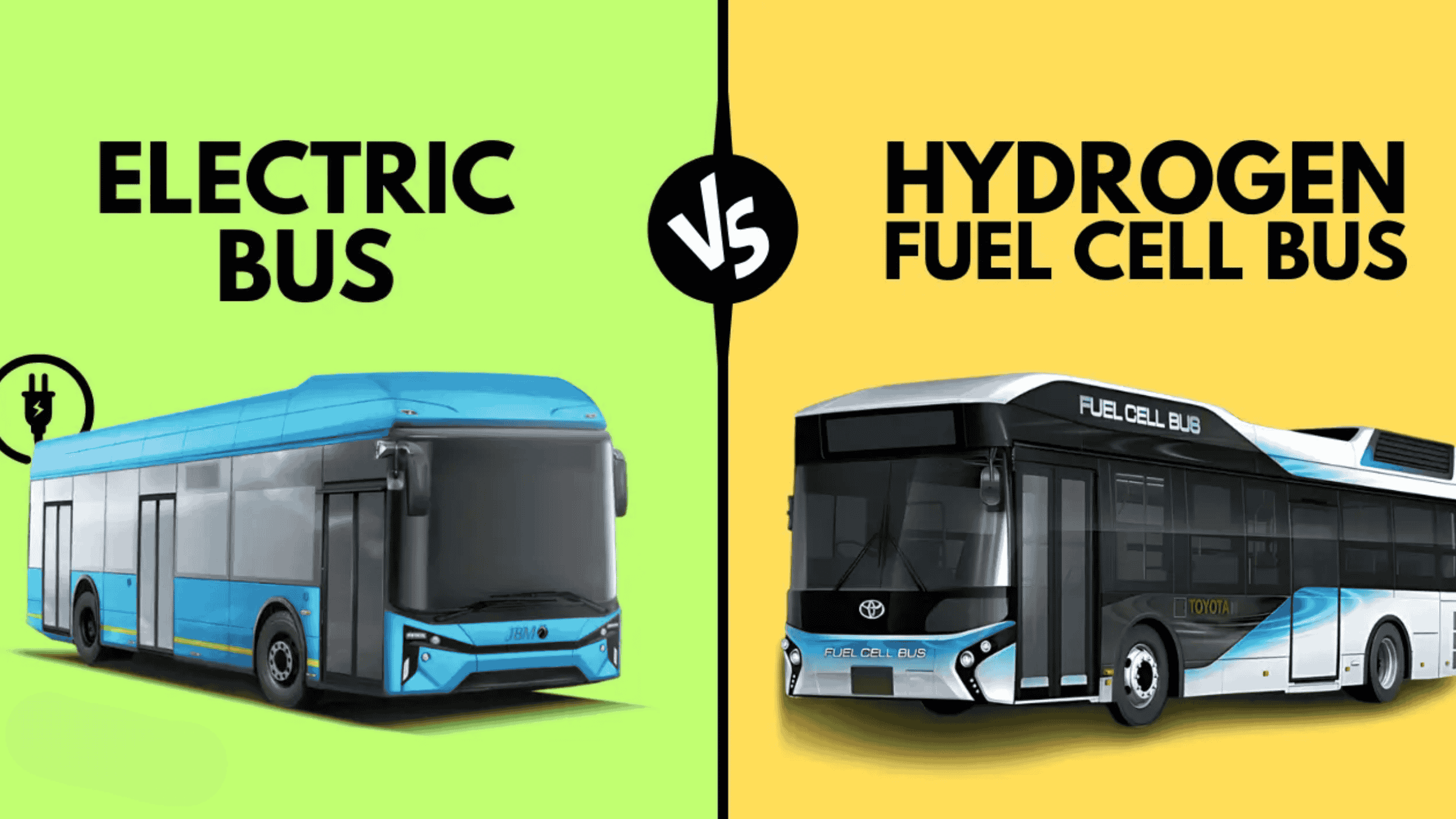Introduction: Urbanization and the Clean Transport Challenge
By 2050, nearly 70% of people in developing countries are expected to live in cities. While urban growth offers better access to jobs and services, it also brings severe challenges-traffic congestion and air pollution top the list. According to a recent Lancet study, air pollution accounts for over 33,000 deaths annually across 10 major Indian cities, representing 7.2% of all deaths in these urban centers3. This crisis has pushed cities worldwide to adopt cleaner public transport solutions, making this topic vital for anyone following UPSC preparation tips, SSC strategy, or banking exam insights.
Hydrogen vs Battery: The Technology Showdown
Battery Electric Vehicles (BEVs)
Dominate the global electric vehicle (EV) market
Lower operational costs: about $0.17/km for electric buses, compared to $0.27/km for diesel79
High energy efficiency (85–90%)10
Require charging infrastructure and have longer charging times
Hydrogen Fuel Cell Electric Vehicles (FCEVs)
Offer longer driving ranges and quick refueling (5–15 minutes)
Perform better in rugged terrain and extreme cold
Operational costs are much higher: $0.84–$0.91/km for hydrogen buses79
Current vehicle costs are 20–30% higher than BEVs, but may reach parity by 203089
Still rare: only about 93,000 FCEVs globally (1 for every 330 BEVs)
Cost Comparison: Which is More Viable?
| Parameter | Battery Electric Bus | Hydrogen Fuel Cell Bus |
|---|---|---|
| Initial Cost | Lower | 20–30% higher |
| Operational Cost | $0.17/km | $0.84–$0.91/km |
| Energy Efficiency | 85–90% | 60–70% |
| Refueling Time | Longer (hours) | Short (5–15 min) |
| Range | Moderate | Longer |
| Emissions (if green) | Zero | Zero |
Battery buses are currently more cost-effective and energy-efficient for most urban routes7910.
Hydrogen buses may become more competitive as technology advances, but high fuel costs remain a barrier179.
India’s Progress: Electric Mobility on the Rise
In 2023, EVs made up 5% of all vehicle sales in India; electric car registrations rose 70% year-on-year.
India became the world’s largest market for electric three-wheelers, with over 580,000 units sold, surpassing China.
India is also the second-largest market for electric two-wheelers, though still behind China’s 6 million units.
Why Clean Public Transport Matters
Public transport reduces city air pollution by lowering emissions of CO₂, NOx, PM2.5, VOCs, and CO2.
Cleaner buses (electric or hydrogen) are crucial for improving urban air quality and reducing deaths linked to pollution3.
The choice between hydrogen and battery technology will shape the future of sustainable urban mobility-a key topic for competitive exam blog readers.
Key Insights for Exam Preparation
Understand the economic and environmental trade-offs between hydrogen and battery buses.
Stay updated on India’s EV adoption trends-a favorite topic in UPSC, SSC, and banking exam insights.
Link urbanization, public health, and sustainable transport in your answers for a multidimensional approach.
Use data and real-world examples to strengthen your essay or interview responses.
Why This Matters for Aspirants
Clean public transport is a recurring theme in UPSC, SSC, and banking exams, especially under environment, urbanization, and policy analysis.
Knowing the latest stats, comparative costs, and policy implications gives you an edge in both prelims and mains.
For more such insights, follow the Atharva Examwise blog-your trusted source for competitive exam blog content.
Want more exam-relevant updates or have a specific topic in mind? Ask us your questions or explore more on Atharva Examwise!








